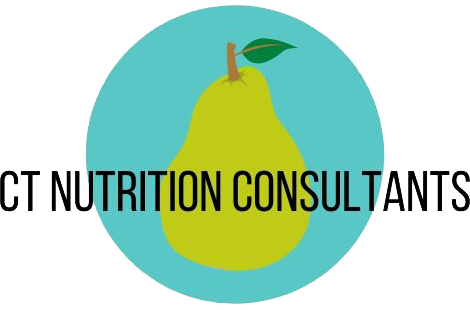
Diabetes
5-8 years!!- The average time a person has high glucose and elevated insulin levels before diagnosis
The following symptoms may indicate that you have high insulin levels in your blood:
Frequent and intensive hunger.
Excess cravings for sugar.
Weight gain, especially around the waist, forming an apple shape.
Fatigue.
Lack of motivation or focus.
Anxiety and panic.
Does fasting lower insulin levels?
Interestingly, intermittent fasting has been shown to have major benefits for insulin resistance and to lead to an impressive reduction in blood sugar levels (10). In human studies on intermittent fasting,fasting blood sugar has been reduced by 3–6% over the course of 8–12 weeks in people with prediabetes.
Some people are at higher risk of type 2 diabetes because they:
Are overweight or have obesity.
Are age 45 or older.
Have a parent, brother, or sister with type 2 diabetes.
Are physically active less than 3 times a week.
Had gestational diabetes (diabetes during pregnancy) or gave birth to a baby who weighed more than 9 pounds.
Are African American, Hispanic or Latino, American Indian, Alaska Native, Pacific Islander, or Asian American
Prediabetes
Prediabetes is a serious health condition in which blood sugar levels are higher than normal, but not high enough yet to be diagnosed as type 2 diabetes. A person with prediabetes is at high risk of type 2 diabetes, heart disease, and stroke.
More than 88 million US adults—1 in 3—have prediabetes, and 90% of them don’t know they have it.
In the United States:
34.2 MILLION
Americans are living with diabetes.
88 MILLION
people have prediabetes.
RISK FACTORS:
Overweight and Lack of Physical Activity
People who are overweight or have obesity are at increased risk of type 2 diabetes. In the United States, 72% of adults are overweight or have obesity. Although incidence has decreased in recent years, the number of adults with diagnosed diabetes has nearly doubled in the last 2 decades as the US population has increased, aged, and become more overweight.
Not getting enough physical activity can raise the risk of type 2 diabetes. That’s because physical activity helps control blood sugar, weight, and blood pressure, as well as raise “good” cholesterol and lower “bad” cholesterol. It can also help people with diabetes prevent heart and blood flow problems, reducing the risk of heart disease and nerve damage, which are serious complications of diabetes. However, only 1 in 4 US adults and 1 in 5 high school students get enough physical activity.
Smoking
The risk of developing type 2 diabetes is 30% to 40% higher for current smokers than nonsmokers. Evidence shows that smoking is associated with increased belly fat, a known risk factor for type 2 diabetes. The more cigarettes a person smokes, the higher their risk of developing type 2 diabetes. People with diabetes who smoke are more likely than nonsmokers to have trouble managing their blood sugar.
People with diabetes who smoke also have higher risks of serious complications, such as heart disease, kidney disease, and poor blood flow in the legs and feet that can lead to infections, ulcers, and amputations. Other complications include retinopathy (eye disease that can cause blindness) and peripheral neuropathy (nerve damage in the arms and legs that causes numbness, pain, weakness, and poor coordination).
About 34 million US adults smoke cigarettes, and 58 million nonsmokers are exposed to secondhand smoke.
Since 2012, CDC has been educating the public about the consequences of smoking and exposure to secondhand smoke and encouraging smokers to quit through its Tips From Former Smokers® (Tips®) education campaign. The Tips campaign features real people—not actors—who are living with serious health conditions caused by smoking and secondhand smoke exposure. It connects smokers with resources to help them quit, including a free national quitline (1-800-QUIT-NOW).
excerpt from CDC website
